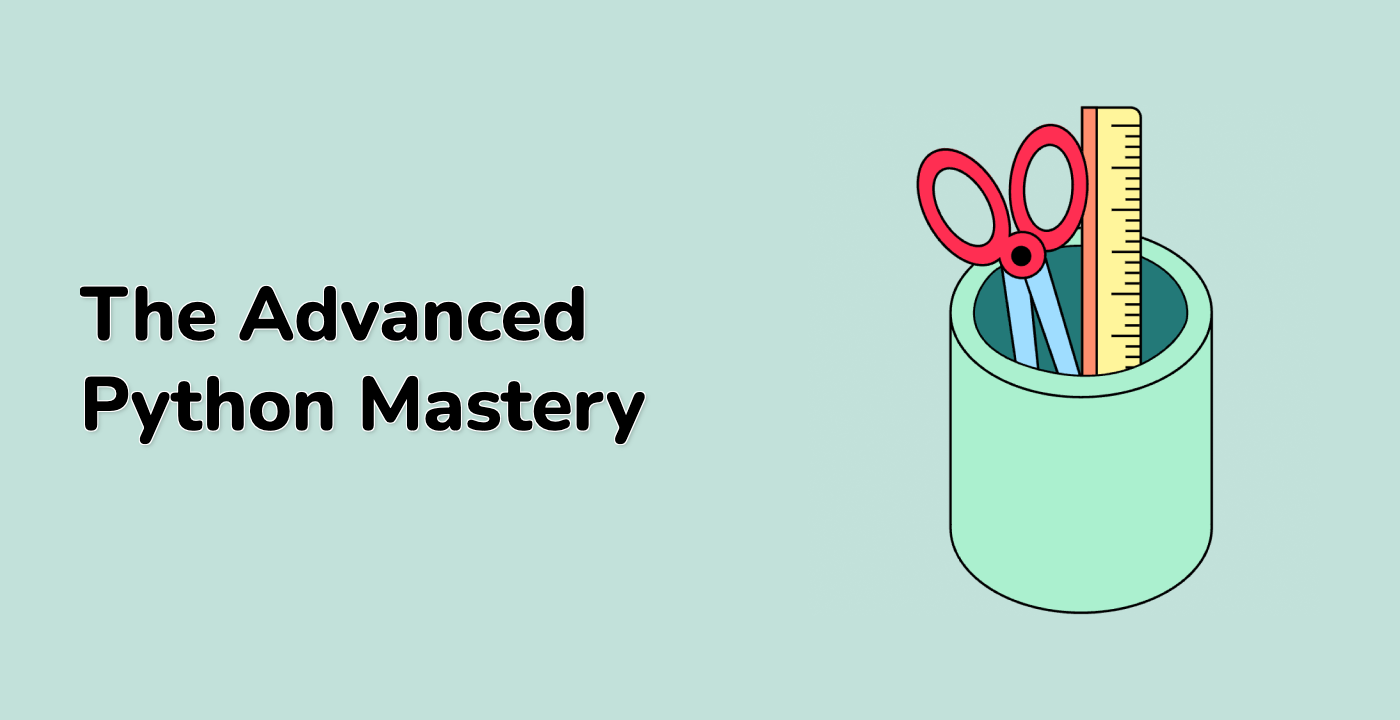Introduction
In this lab, we will learn how to use Matplotlib to build histograms using rectangles and PolyCollections. We will use numpy to generate random data, and then use Matplotlib to visualize the data as a histogram. This lab assumes that you have a basic understanding of Python and Matplotlib.
VM Tips
After the VM startup is done, click the top left corner to switch to the Notebook tab to access Jupyter Notebook for practice.
Sometimes, you may need to wait a few seconds for Jupyter Notebook to finish loading. The validation of operations cannot be automated because of limitations in Jupyter Notebook.
If you face issues during learning, feel free to ask Labby. Provide feedback after the session, and we will promptly resolve the problem for you.




